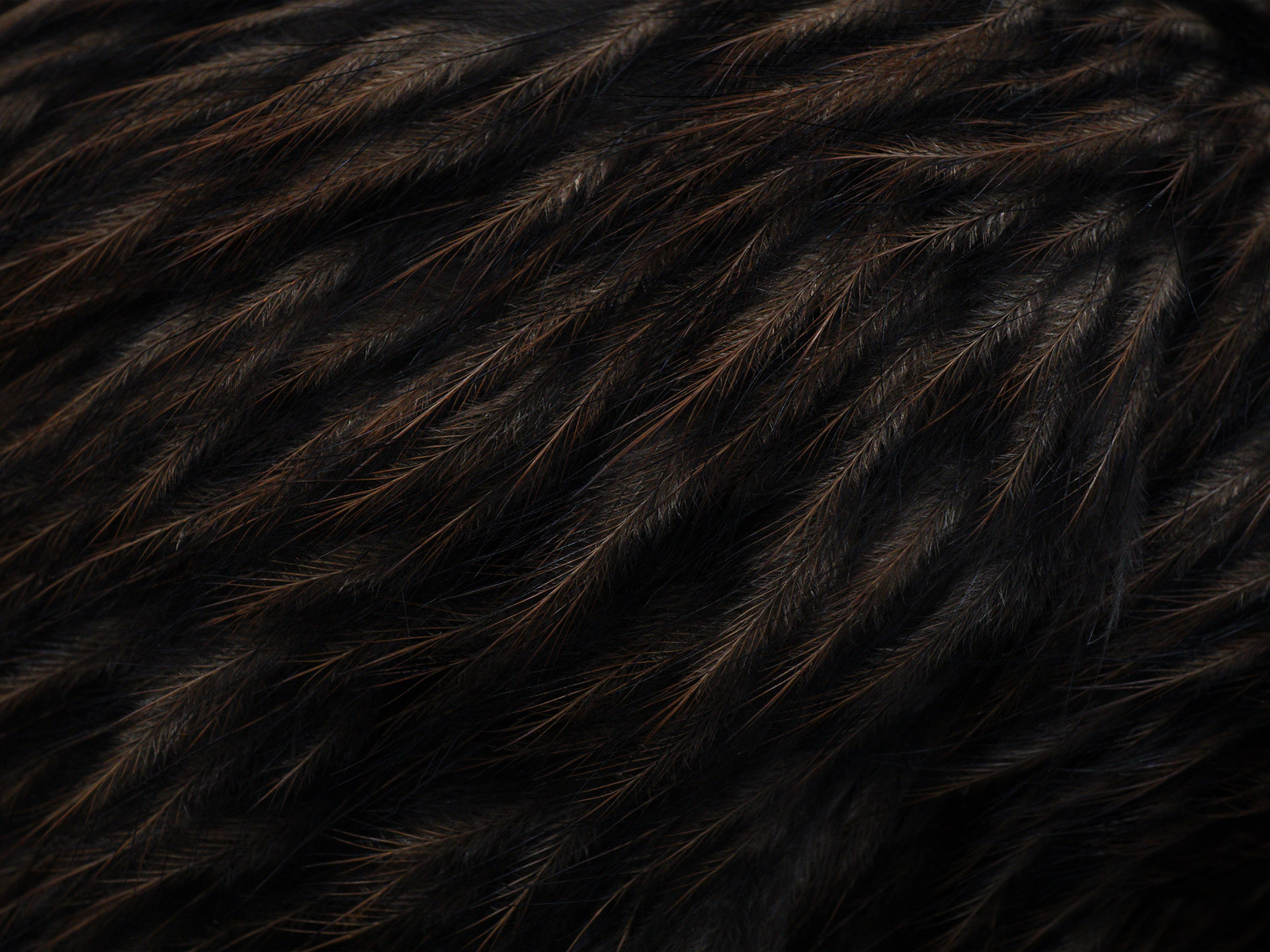Wild survival stories will soon be showcased for free in the middle of Palmerston North’s Esplanade.
The public will be able to watch as endangered birds and other wildlife treated at Massey University’s Wildbase Hospital are readied for a return to the wild. People will also be able to hear their stories of survival.
The rehabilitation centre, Wildbase Recovery, is well on its way to becoming a reality, and fundraising is under way.
A community trust chaired by lawyer Roger Kennedy has been set up to support the $5.5 million project – a collaboration between Rotary, Massey University, the city council, Department of Conservation and Rangitane o Manawatu.
The project has resource consent, and has been granted a unique 30-year permit by DOC to display recovering wildlife to the public.
Palmerston North mayor and trustee Jono Naylor said the project gives New Zealanders opportunities to see rare native creatures, share their survival stories and engage in conservation.
The city council earmarked $837,000 of ratepayers’ money for the total makeover of the ageing Esplanade aviaries in its 2012 long-term plan review.
Designs have since been developed and building plans detailed to create a facility where veterinarians and staff can tend to the recuperating birds and creatures before their release to the wild.
The 2900-square-metre facility will include a circular flighted aviary for kaka, kea, tui and kereru, a five-metre-tall raptor aviary for karearea (native falcon), recovery pools for ocean, shore and wetlands birds to restore their waterproofing, and a place for ground-dwelling birds including kiwi and takahe.
Some of the exotic birds housed at the Esplanade will be retained in new aviaries separate from the natives.
The blue duck and brown teal breeding programmes will continue, and be integrated into the centre.
Rotary spokesman Rodney Wong said, with Massey University’s Wildbase Hospital extension project just $80,000 short of its target, the recovery centre’s season had come.
“We did not want to make progress until the hospital project was well and truly signed off – it would be pointless to have a recovery wing without a hospital.”
Wildbase Hospital started out treating 50 birds in 2001, and now has 300 patients a year. Its new facility will enable that to grow to 700 a year.
With birds and other wildlife expected to spend an average of five weeks in rehabilitation before release, the centre will be able to provide visitors with a new experience every time. Its business case anticipates 50,000 visitors a year, but with hopes to double that.
The timeframe for building, said Wong, was “as soon as possible”.
Source: Manawatu Standard
